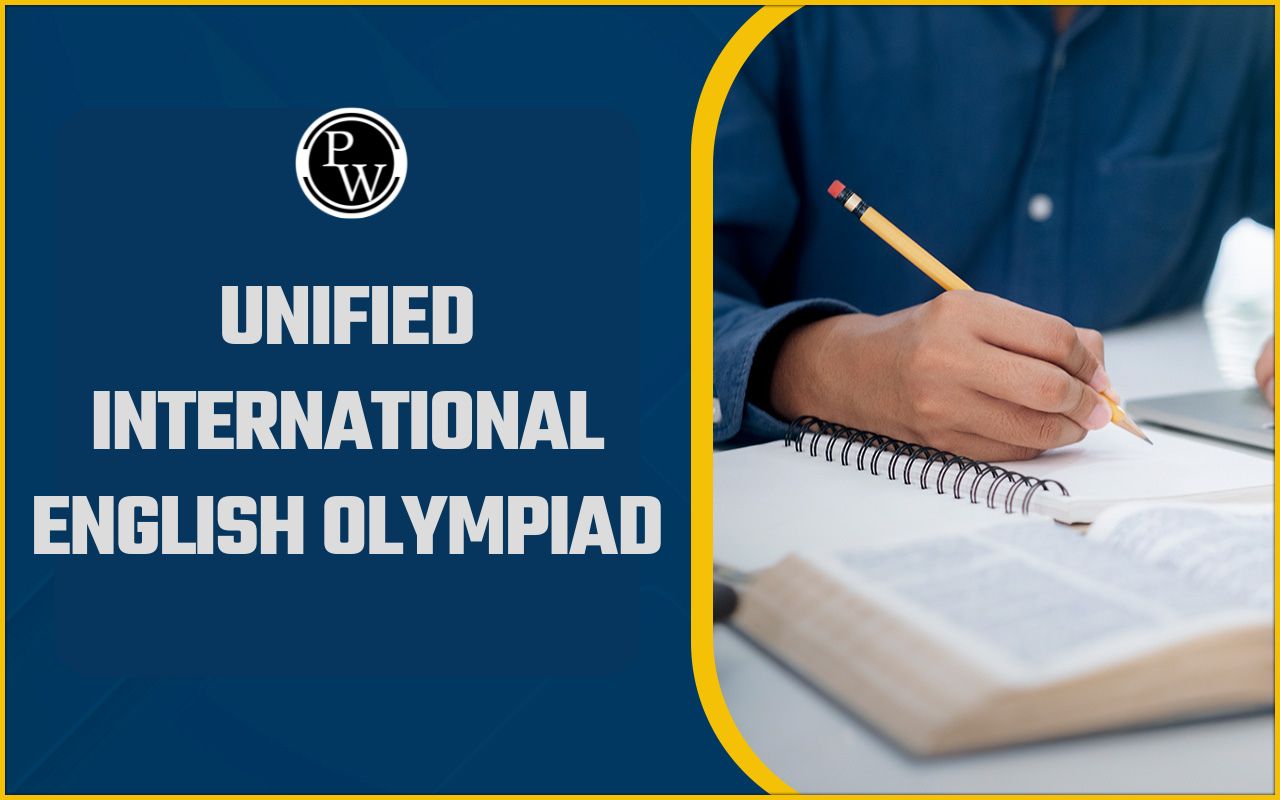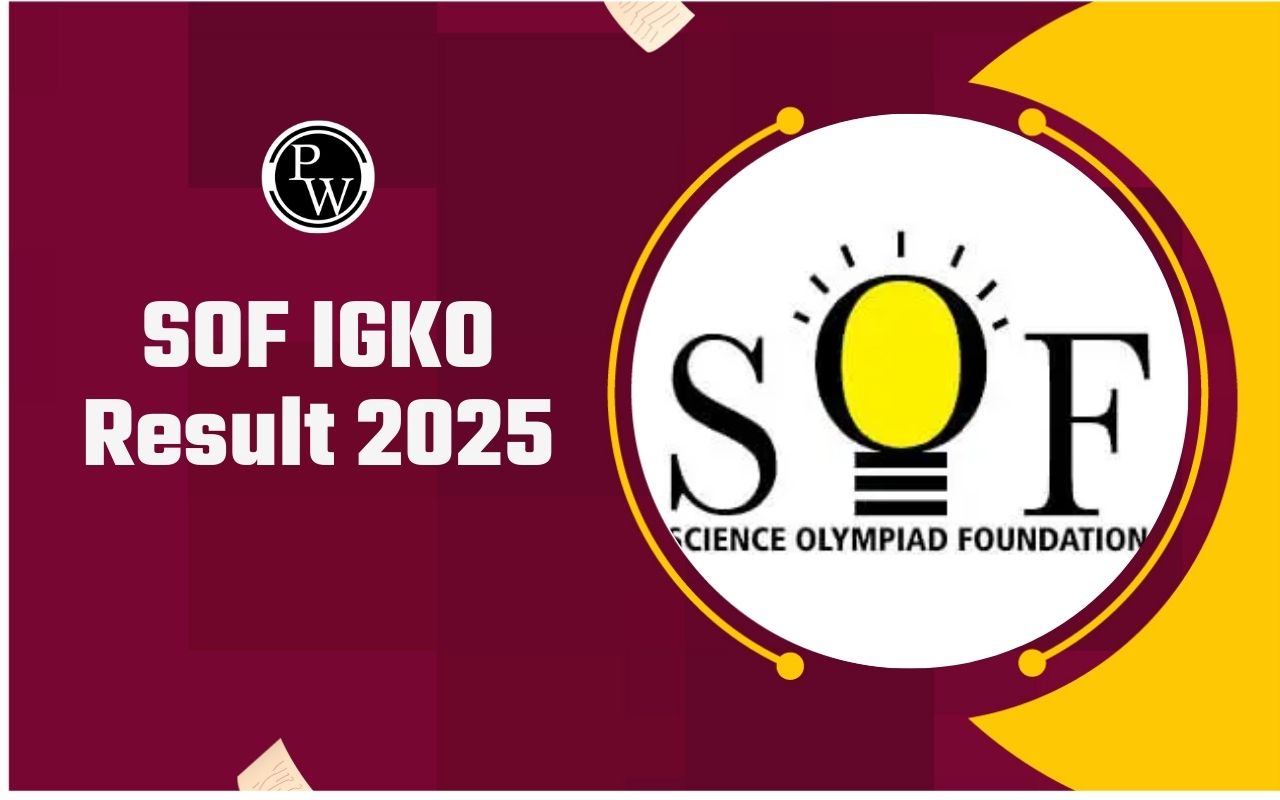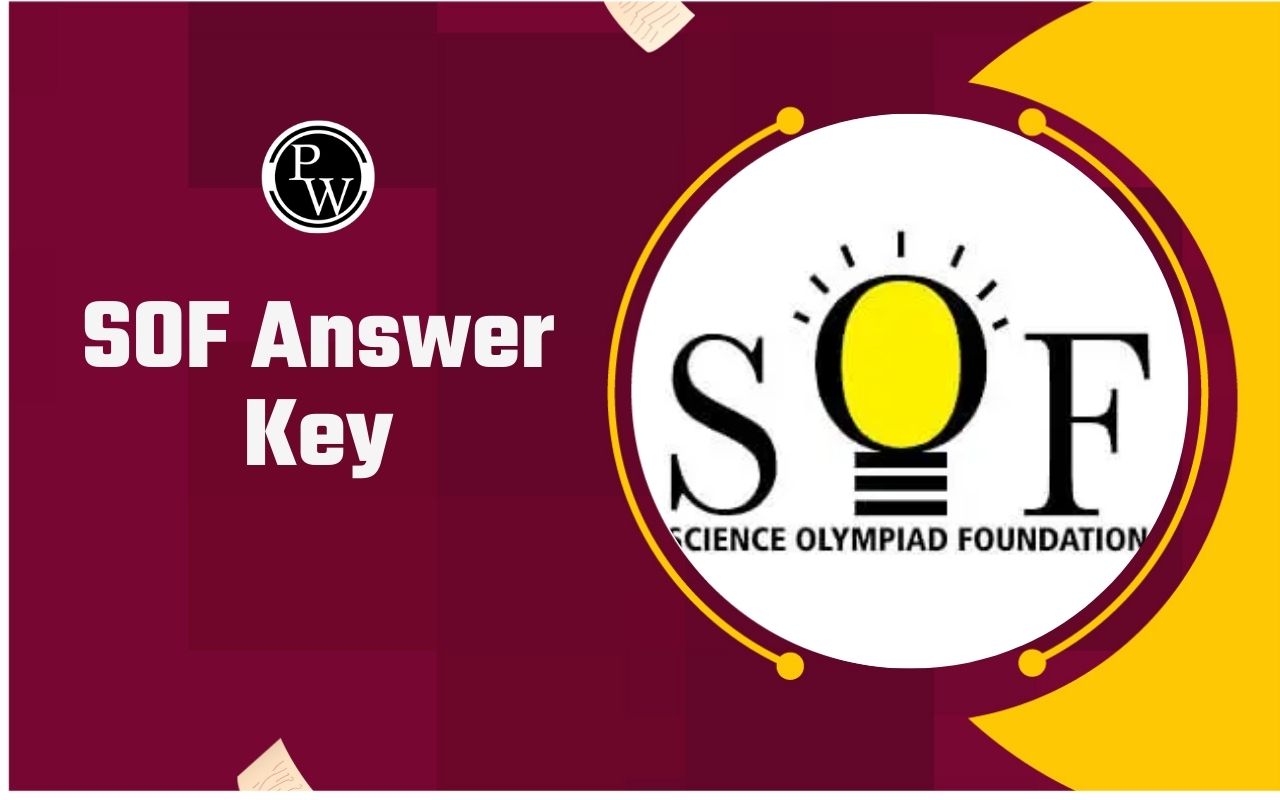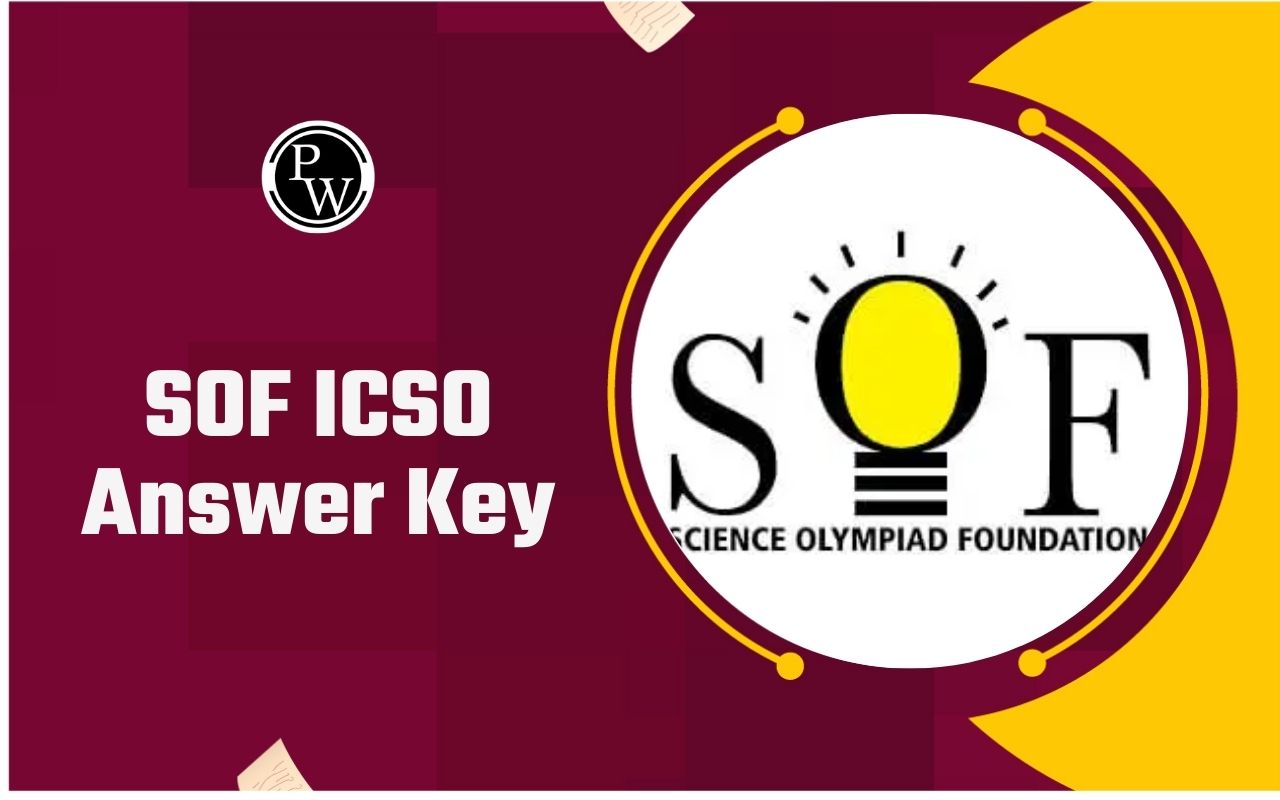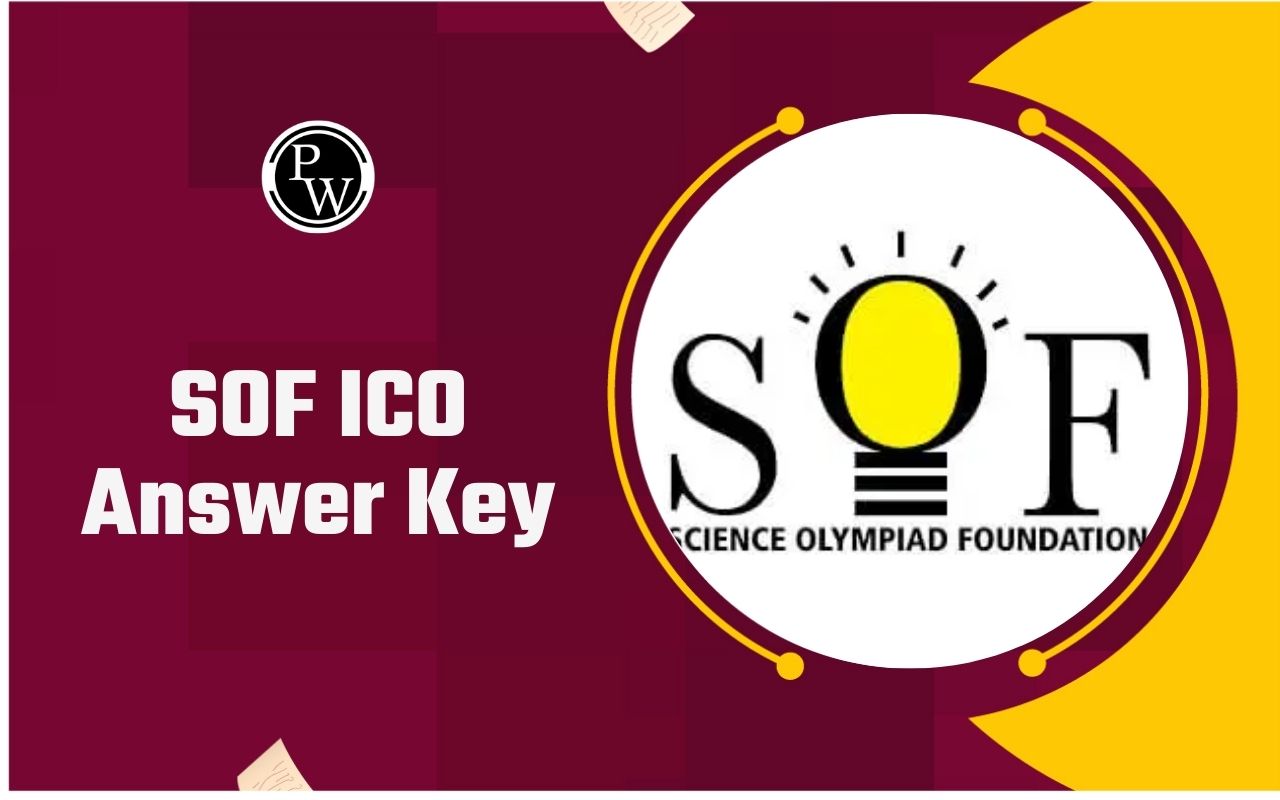I. Units and Measurements
- Units of measurement; systems of units; SI units,
- fundamental and derived units. Length, mass and time measurements;
- accuracy and precision of measuring instruments; errors in measurement;
- significant figures.
- Dimensions of physical quantities, dimensional analysis and its applications.
II. Motion in a Straight Line
- Frame of reference, Motion in a straight line: Position-time graph, speed and
- velocity.
- Elementary concepts of differentiation and integration for describing motion,
- uniform and non- uniform motion, average speed and instantaneous velocity,
- uniformly accelerated motion, velocity – time and position-time graphs.
- Relations for uniformly accelerated motion (graphical treatment).
III. Motion in a Plane
- Scalar and vector quantities; position and displacement vectors, general
- vectors and their notations; equality of vectors, multiplication of vectors by a
- real number; addition and subtraction of vectors, relative velocity, Unit vector;
- resolution of a vector in a plane, rectangular components, Scalar and Vector
- product of vectors.
- Motion in a plane, cases of uniform velocity and uniform acceleration-
- projectile motion, uniform circular motion.
IV. Laws of Motion
- Intuitive concept of force, Inertia, Newton’s first law of motion; momentum
- and Newton’s second law of motion; impulse; Newton’s third law of motion.
- Law of conservation of linear momentum and its applications.
- Equilibrium of concurrent forces, Static and kinetic friction, laws of friction, lubrication.
- Dynamics of uniform circular motion: Centripetal force, examples of circular
- motion (vehicle on a level circular road, vehicle on a banked road).
V. Work, Energy and Power
- Work done by a constant force and a variable force; kinetic energy, work-energy theorem, power.
- Notion of potential energy, potential energy of a spring, conservative forces: conservation of mechanical energy (kinetic and potential energies); non-conservative forces: motion in a vertical circle; elastic and inelastic collisions in one and two dimensions.
VI. System of Particles and Rotational Motion
- Centre of mass of a two-particle system, momentum conservation and centre of mass motion. Centre of mass of a rigid body; centre of mass of a uniform rod.
- Moment of a force, torque, angular momentum, law of conservation of angular momentum and its applications.
- Equilibrium of rigid bodies, rigid body rotation and equations of rotational motion, comparison of linear and rotational motions.
- Moment of inertia, radius of gyration, values of moments of inertia for simple geometrical objects (no derivation). Statement of parallel and perpendicular axes theorems and their applications.
VII. Gravitation
- Kepler’s laws of planetary motion, universal law of gravitation. Acceleration due to gravity and its variation with altitude and depth.
- Gravitational potential energy and gravitational potential, escape velocity, orbital velocity of a satellite, Geo-stationary satellites.
VIII. Mechanical Properties of Solids
- Elastic behaviour, Stress-strain relationship, Hooke’s law, Young’s modulus,
- bulk modulus, shear modulus of rigidity, Poisson’s ratio; elastic energy.
IX. Mechanical Properties of Fluids
- Pressure due to a fluid column; Pascal’s law and its applications (hydraulic lift and hydraulic brakes), effect of gravity on fluid pressure.
- Viscosity, Stokes’ law, terminal velocity, streamline and turbulent flow, critical velocity, Bernoulli’s theorem and its applications.
- Surface energy and surface tension, angle of contact, excess of pressure across a curved surface, application of surface tension ideas to drops, bubbles and capillary rise.
X. Thermal Properties of Matter
- Heat, temperature, thermal expansion; thermal expansion of solids, liquids and gases, anomalous expansion of water; specific heat capacity; Cp, Cv – calorimetry; change of state – latent heat capacity.
- Heat transfer-conduction, convection and radiation, thermal conductivity, qualitative ideas of Blackbody radiation, Wien’s displacement Law, Stefan’s law, Greenhouse effect.
XI. Thermodynamics
- Thermal equilibrium and definition of temperature (zeroth law of thermodynamics), heat, work and internal energy. Thermodynamic state variables and equation of state, First law of thermodynamics, isothermal and adiabatic processes.
- Second law of thermodynamics: reversible and irreversible processes, Heat engine and refrigerator.
XII. Behaviour of Perfect Gases and Kinetic Theory of Gases
- Equation of state of a perfect gas, work done in compressing a gas.
- Kinetic theory of gases – assumptions, concept of pressure. Kinetic interpretation of temperature; rms speed of gas molecules; degrees of freedom, law of equi-partition of energy (statement only) and application to specific heat capacities of gases; concept of mean free path, Avogadro’s number.
XIII. Oscillations and Waves
Oscillations
- Periodic motion – time period, frequency, displacement as a function of time, periodic functions.
- Simple harmonic motion (S.H.M) and its equation; phase; oscillations of a loaded spring- restoring force and force constant; energy in S.H.M. Kinetic and potential energies; simple pendulum derivation of expression for its time period. Free, forced and damped oscillations (qualitative ideas only), Resonance.
Waves
- Wave motion: Transverse and longitudinal waves, speed of travelling wave,
- displacement relation for a progressive wave, principle of superposition of
- waves, reflection of waves, standing waves in strings and organ pipes,
- fundamental mode and harmonics, Beats, Doppler effect.
XIV. Electrostatics
Electric Charges and Fields
- Electric Charges; Conservation of charge, Coulomb’s law-force between two point charges, forces between multiple charges; superposition principle and continuous charge distribution.
- Electric field, electric field due to a point charge, electric field lines, electric dipole, electric field due to a dipole, torque on a dipole in uniform electric field.
- Electric flux, statement of Gauss’s theorem and its applications to find field due to infinitely long straight wire, uniformly charged infinite plane sheet and uniformly charged thin spherical shell (field inside and outside).
Electrostatic Potential and Capacitance
- Electric potential, potential difference, electric potential due to a point charge, a dipole and system of charges; equipotential surfaces, electrical potential energy of a system of two point charges and of electric dipole in an electrostatic field.
- Conductors and insulators, free charges and bound charges inside a conductor. Dielectrics and electric polarisation, capacitors and capacitance, combination of capacitors in series and in parallel, capacitance of a parallel plate capacitor with and without dielectric medium between the plates, energy stored in a capacitor.
Current Electricity
- Electric current, flow of electric charges in a metallic conductor, drift velocity, mobility and their relation with electric current; Ohm’s law, electrical resistance, V-I characteristics (linear and non-linear), electrical energy and power, electrical resistivity and conductivity, Carbon resistors, colour code for carbon resistors; series and parallel combinations of resistors; temperature dependence of resistance. Internal resistance of a cell, potential difference and emf of a cell, combination of cells in series and in parallel, Kirchhoff’s laws and simple applications, Wheatstone bridge, metre bridge.
- Potentiometer – principle and its applications to measure potential difference and for comparing EMF of two cells; measurement of internal resistance of a cell.
XV. Magnetic Effects of Current and Magnetism
Moving Charges and Magnetism
- Concept of magnetic field, Oersted’s experiment.
- Biot – Savart law and its application to current carrying circular loop.
- Ampere’s law and its applications to infinitely long straight wire. Straight and toroidal solenoids (only qualitative treatment), force on a moving charge in uniform magnetic and electric fields, Cyclotron.
- Force on a current-carrying conductor in a uniform magnetic field, force between two parallel current-carrying conductors-definition of ampere, torque experienced by a current loop in uniform magnetic field; moving coil galvanometer-its current sensitivity and conversion to ammeter and voltmeter.
Magnetism and Matter
- Current loop as a magnetic dipole and its magnetic dipole moment, magnetic dipole moment of a revolving electron, magnetic field intensity due to a magnetic dipole (bar magnet) along its axis and perpendicular to its axis, torque on a magnetic dipole (bar magnet) in a uniform magnetic field; bar magnet as an equivalent solenoid, magnetic field lines; earth’s magnetic field and magnetic elements.
- Para-, dia- and ferro – magnetic substances, with examples. Electromagnets and factors affecting their strengths, permanent magnets.
Electromagnetic Induction
- Electromagnetic induction; Faraday’s laws, induced EMF and current; Lenz’s Law, Eddy currents. Self and mutual induction.
Alternating Current
- Alternating currents, peak and RMS value of alternating current/voltage; reactance and impedance; LC oscillations (qualitative treatment only), LCR series circuit, resonance; power in AC circuits, power factor, wattless current. AC generator and transformer.
Electromagnetic Waves
Basic idea of displacement current, Electromagnetic waves, their characteristics, their Transverse nature (qualitative ideas only). Electromagnetic spectrum (radio waves, microwaves, infrared, visible, ultraviolet, X-rays, gamma rays) including elementary facts about their uses.XVI. Optics
Ray Optics and Optical Instruments
Reflection of light, spherical mirrors, mirror formula, refraction of light, total internal reflection and its applications, optical fibers, refraction at spherical surfaces, lenses, thin lens formula, lensmaker’s formula, magnification, power of a lens, combination of thin lenses in contact, refraction of light through a prism. Scattering of light – blue colour of sky and reddish appearance of the sun at sunrise and sunset. Optical instruments: Microscopes and astronomical telescopes (reflecting and refracting) and their magnifying powers.Wave optics
- Wavefront and Huygens’ principle, reflection and refraction of plane wave at a plane surface using wave fronts. Proof of laws of reflection and refraction using Huygens’ principle. Interference, Young’s double slit experiment and expression for fringe width, coherent sources and sustained interference of light, diffraction due to a single slit, width of central maximum, resolving power of microscope and astronomical telescope, polarisation, plane polarised light, Brewster’s law, uses of plane polarised light and Polaroids.
XVII. Dual Nature of Radiation and Matter
- Dual nature of radiation, Photoelectric effect, Hertz and Lenard’s observations;
- Einstein’s photoelectric equation-particle nature of light. Experimental study of the photoelectric effect.
- Matter waves-wave nature of particles, de-Broglie relation, Davisson-Germer experiment (experimental details should be omitted; only conclusion should be explained).
XVIII. Atoms and Nuclei
Atoms
- Alpha-particle scattering experiment; Rutherford’s model of atom; Bohr model, energy levels, hydrogen spectrum.
Nuclei
- Composition and size of nucleus, Radioactivity, alpha, beta and gamma particles/rays and their properties; radioactive decay law, half life and mean life.
- Mass-energy relation, mass defect; binding energy per nucleon and its variation with mass number; nuclear fission, nuclear fusion.
XIX. Electronic Devices
- Semiconductor Electronics: Materials, Devices and Simple Circuits
- Energy bands in conductors, semiconductors and insulators (qualitative ideas only)
- Semiconductor diode – I-V characteristics in forward and reverse bias, diode as a rectifier;
- Special purpose p-n junction diodes: LED, photodiode, solar cell and Zener diode and their characteristics, zener diode as a voltage regulator.


